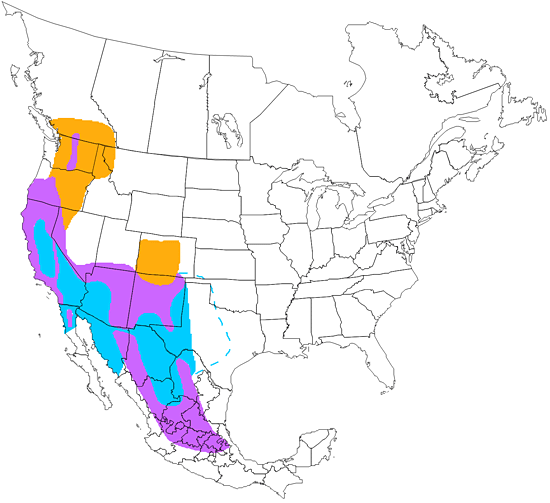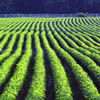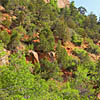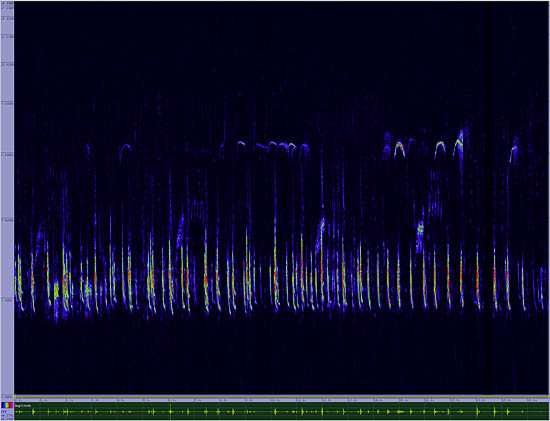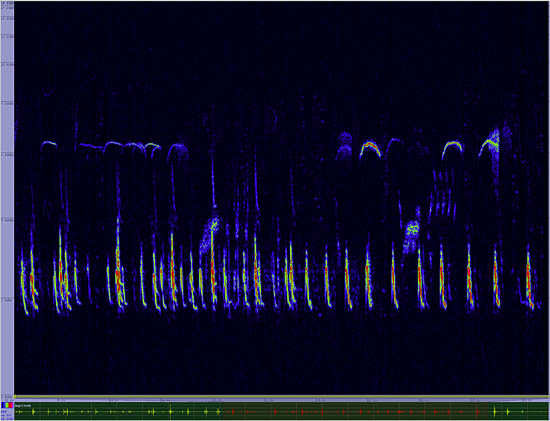Western Bluebird
Sialia mexicana

Perching

Length: 7 in. (18 cm )
Pairs or small flocks of this bluebird species are common throughout open habitats with scattered trees, forest edge, agricultural fields and riparian areas. The cavity nest is in a tree or nest box, and the cavity floor is lined with grass, pine needles, twigs, hair and feathers. Insects make up a large part of the diet, especially when feeding young, and the insects are often captured in the air low over the ground. Berries are a major food in the winter.\r\n
The four-digit banding code is WEBL.
Bibliographic details:
- Article: Western Bluebird
- Author(s): Dr. Biology
- Publisher: Arizona State University School of Life Sciences Ask A Biologist
- Site name: ASU - Ask A Biologist
- Date published: 13 Jul, 2017
- Date accessed:
- Link: https://askabiologist.asu.edu/activities/bird/western-bluebird
APA Style
Dr. Biology. (Thu, 07/13/2017 - 15:38). Western Bluebird. ASU - Ask A Biologist. Retrieved from https://askabiologist.asu.edu/activities/bird/western-bluebird
Chicago Manual of Style
Dr. Biology. "Western Bluebird". ASU - Ask A Biologist. 13 Jul 2017. https://askabiologist.asu.edu/activities/bird/western-bluebird
Dr. Biology. "Western Bluebird". ASU - Ask A Biologist. 13 Jul 2017. ASU - Ask A Biologist, Web. https://askabiologist.asu.edu/activities/bird/western-bluebird
MLA 2017 Style
Be Part of
Ask A Biologist
By volunteering, or simply sending us feedback on the site. Scientists, teachers, writers, illustrators, and translators are all important to the program. If you are interested in helping with the website we have a Volunteers page to get the process started.


